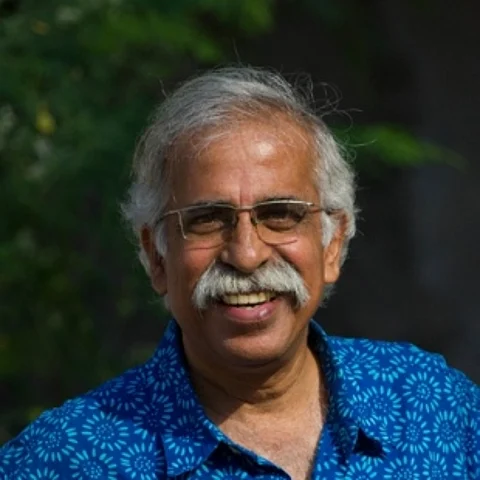

MARGAO: The Goa Foundation (GF) has questioned the opposition to the Ecologically Sensitive Area (ESA) that emerged on Monday at villages where a team from the central government had gone to conduct inspections. Goa Foundation headed by one of Goa’s foremost environmental spearheads, also referred to how these villagers were being misguided by politicians.
“It’s simply a question of the half-blind leading the fully blind! Shortly after the Goa Foundation moved the NGT in 2012 for implementation of the Madhav Gadgil report, the MoEF&CC appointed the Kasturirangan Report to kill the Gadgil report. The Kasturirangan report did precisely that,” said Claude Alvares, GF Director, while speaking to Herald on Tuesday.
“It reduced the area for protection drastically by more than half. It recommended that a large number of villages in the Western Ghats be notified as part of the ESA of the Western Ghats (in addition to other areas already protected, like wildlife sanctuaries, reserve forests, etc),” said Claude Alvares.
“The MOEF&CC accepted the recommendations of the Kasturirangan report in principle, and faced with pressure from the National Green Tribunal, issued an interim stay on 13.11.2013 on ecologically damaging projects and activities in the Western Ghats, and in all the villages listed in the notification, that notification issuing interim stay issued on 13.11.2013 is valid till this day. It has not caused any discontent in any of the villages proposed to be part of the ESA, including the 99 from Goa. It has been in force now for ten years!” Alvares explained further.
“However, MOEF&CC was obliged to commence the process of issuing a draft notification to solicit objections/comments/suggestions on the inclusion of the concerned villages in all the Western Ghats states, which included 99 from Goa. That process is a required procedure under the Environment Protection Act, 1986,” said Alvares.
“The expert committee visiting Goa has come in respect of this draft notification, which has already been issued four times before, and which the Ministry has refused to finalise now for several years.
In fact, the draft notification was issued first on 10.3.2014, then allowed to lapse. It was reissued on 4.9.2015, then again on 27.2.2017, then again on 3.10.2018 and now most recently, on 6.7.2022. The MOEF&CC says it will finalise the notification only on 30.6.2024. However, even that is doubtful. There has been no protest from Goa since the first notification was issued in 2014,” Alvares added.
“If all Goan villages knew the exact contents of the draft notification, they would all want to be part of the ESA! This is because the notification bans red category polluting industries, cement and thermal power plants, mining, real estate projects – all activities that villages in Goa have been opposing for several years!,” said Alvares.
Some elementary reading on Eco Sensitive issues for those who don’t know and ministers
What is an ESA?
ESA is an Ecologically Sensitive Area as defined by the High-Level Working Group led by Dr Kasturirangan. As opposed to ESZ (Ecologically Sensitive Zone) defined by the Western Ghats Ecology Experts Panel (Gadgil Panel report)
What did each report propose?
Gadgil divided Western Ghats into ESZ I, II and III, each requiring different levels of protection from human activity. Kasturirangan defined ESA in terms of a list of villages which was to be notified under the Environment Protection Act, 1986, in which mining, cement and thermal plants, real estate projects above 20,000 sq mts etc were banned. The list of banned items was larger in Gadgil’s report
Which of the two reports allowed for public input?
Gadgil opted for panchayati raj and insisted that gram sabhas must decide whether they want to be included in ESZs. Kasturirangan refused this option, saying defining ecological sensitivity was a matter for experts in which gram sabhas could have no role
Why is the controversy erupting now?
Because of the arrival of an expert committee from Delhi, set up to visit the Western Ghats and file an independent report on responses at the state level to the draft notification issued following acceptance of the Kasturirangan report (Gadgil report was rejected by the Centre)
Is MLA Phal Desai correct in claims?
Phal Desai has claimed that the draft notification, if and when it becomes final, will actually prevent people from living in these areas, entering their homes, or looking after their livelihoods. This is a poor joke. The draft notification explicitly allows people to stay and live in ESAs, repair and extend their houses, and so on. It encourages all forms of agriculture and small industries. The NGT also issued an interim stay on 13.11.2013 on ecologically damaging projects and activities in the Western Ghats, which still holds
(Answered by Goa Foundation)